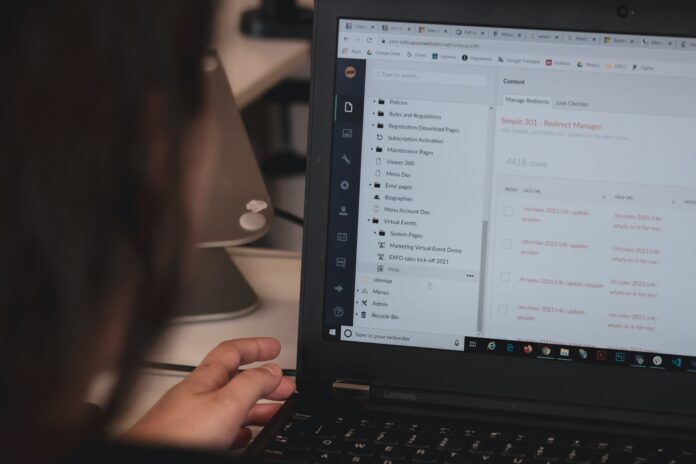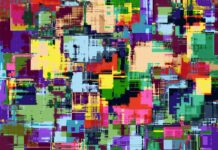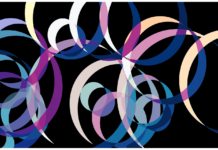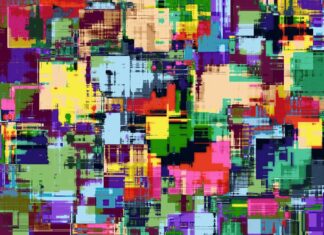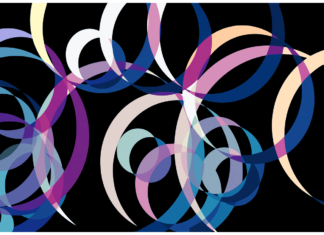Plagium is a term used to describe the act of intentionally or unintentionally using someone else’s work or ideas without giving them proper credit. It is a form of academic dishonesty that can result in severe consequences for the person committing the act, including failing grades, loss of reputation, and even legal action. Plagium can take many forms, from copying and pasting text directly from a source without citation to paraphrasing someone else’s ideas without acknowledging the source.
In today’s digital age, plagium has become more prevalent than ever before. The ease of access to information on the internet has made it easier for people to plagiarize without detection. However, at the same time, the advancements in technology have also made it easier for educators and researchers to detect plagium and take action against those who commit it.
Plagium is not only a problem in academic circles but is also a concern in the professional world. Many businesses and organizations have strict policies in place to prevent employees from plagiarizing in their work. In some cases, plagium can even lead to legal action, particularly if copyrighted material is involved.
One of the most common forms of plagium is direct copying and pasting of text from a source without citation. This is known as verbatim plagium and is often the easiest to detect. Educators and researchers can use plagiarism detection software to quickly identify verbatim plagium and take appropriate action.
Another form of plagium is mosaic plagium, which involves taking small pieces of information from multiple sources and combining them into a new work without proper citation. This form of plagium can be more difficult to detect than verbatim plagium, but plagiarism detection software can still identify it.
Paraphrasing someone else’s work without proper citation is another form of plagium. This is known as paraphrasing plagium and can be particularly challenging to detect, as the words may be different, but the underlying ideas are the same. However, educators and researchers can still use plagiarism detection software to identify paraphrasing plagium by comparing the text to other sources.
To avoid plagium, it is essential to understand the importance of giving proper credit to sources. When using someone else’s work, whether it be a direct quote, paraphrased idea, or summary, it is crucial to provide a citation that includes the author’s name, the title of the work, and the publication date. Failure to do so can result in allegations of plagium.
In addition to providing proper citations, it is also essential to understand the principles of fair use. Fair use is a legal doctrine that allows for the use of copyrighted material in certain circumstances, such as for criticism, commentary, news reporting, teaching, scholarship, or research. However, fair use does not give individuals the right to use someone else’s work without proper credit or compensation.
In conclusion, plagium is a serious issue that can have severe consequences for those who commit it. Whether in academic or professional circles, plagium undermines the principles of honesty and integrity and can damage reputations and careers. By understanding the various forms of plagium and the importance of giving proper credit to sources, individuals can avoid committing this unethical act and promote academic and professional excellence.
Plagium, also known as plagiarism, is a widespread issue in academia and other professional fields. The word “plagium” comes from the Latin word “plagiarius,” which means “kidnapper” or “abductor.” In the context of academia and professional writing, plagium refers to the act of presenting someone else’s work or ideas as one’s own without proper citation or attribution.
While plagium can take many forms, some common examples include copying and pasting text from a source without citation, paraphrasing someone else’s ideas without proper attribution, and using someone else’s work or ideas without permission. Plagium is not only unethical, but it is also illegal in some cases. For example, using copyrighted material without permission or proper citation can result in legal action.
Plagium is a significant issue in academia because it undermines the fundamental principles of honesty and integrity. Academic writing is intended to be an original contribution to the field, and plagium undermines this goal by presenting someone else’s work as one’s own. Additionally, plagium can give students an unfair advantage by allowing them to present someone else’s work as their own. This can result in a distorted perception of the student’s knowledge and abilities and can lead to unfair grading practices.
In addition to the ethical and academic implications of plagium, there are also legal implications to consider. As previously mentioned, using copyrighted material without permission or proper citation can result in legal action. Additionally, individuals who commit plagium can face disciplinary action, such as suspension or expulsion from academic programs or termination of employment.
To avoid plagium, individuals should understand the principles of academic integrity and ethical writing practices. One essential aspect of ethical writing is proper citation and attribution. When using someone else’s work or ideas, it is crucial to provide proper citation that includes the author’s name, publication date, and source. Additionally, individuals should be familiar with the citation style used in their academic or professional field, such as MLA, APA, or Chicago.
Another important aspect of ethical writing is understanding the principles of fair use. Fair use is a legal doctrine that allows for the use of copyrighted material in certain circumstances, such as for criticism, commentary, news reporting, teaching, scholarship, or research. However, fair use does not give individuals the right to use someone else’s work without proper citation or compensation.
In addition to proper citation and fair use, individuals can take other steps to avoid plagium. For example, individuals can use plagiarism detection software to check their writing for potential instances of plagium. Many universities and academic institutions provide access to plagiarism detection software for students and faculty. Additionally, individuals can use online resources, such as the Purdue Online Writing Lab, to learn more about proper citation and writing practices.
While plagium is a significant issue in academia and other professional fields, it is not a new phenomenon. Plagiarism has been a problem for centuries, and many famous writers and scholars have been accused of plagium throughout history. For example, the playwright William Shakespeare has been accused of plagium in some of his works. Similarly, the philosopher and mathematician René Descartes was accused of plagium during his lifetime.
Despite its long history, plagium continues to be a significant issue in the modern era. The ease of access to information on the internet has made it easier for individuals to plagiarize without detection. However, at the same time, advancements in technology have also made it easier for educators and researchers to detect plagium and take action against those who commit it.
In conclusion, plagium is a serious issue that can have severe consequences for those who commit it. Whether in academic or professional circles, plagium undermines the principles of honesty and integrity and can damage reputations and careers. By understanding the various forms of plagium,
Plagium, or plagiarism, is different from other forms of academic dishonesty, such as cheating or fabrication, in that it involves the misrepresentation of another person’s work as one’s own. While cheating and fabrication may also involve dishonesty and unethical behavior, plagium specifically involves the use of someone else’s work or ideas without proper attribution.
There are several reasons why plagium is different from other forms of academic dishonesty. First, plagium involves the use of someone else’s work or ideas, whereas cheating and fabrication involve misrepresenting one’s own work or abilities. Cheating, for example, may involve copying answers from another student during an exam or using a calculator during a math test when calculators are not allowed. Fabrication, on the other hand, may involve inventing data or results to support a particular hypothesis or conclusion.
Second, plagium is often easier to detect than other forms of academic dishonesty. In many cases, the use of someone else’s work or ideas without proper citation is obvious and can be identified through simple online searches or plagiarism detection software. Cheating and fabrication, on the other hand, may be more difficult to detect and may require more extensive investigation or monitoring.
Finally, plagium is often considered a more serious offense than other forms of academic dishonesty. This is because plagium involves the misrepresentation of another person’s work or ideas, which can damage the original author’s reputation and undermine the integrity of the academic or professional community. In contrast, cheating and fabrication may be seen as less serious offenses because they primarily involve misrepresenting one’s own work or abilities.
Overall, while all forms of academic dishonesty are unacceptable and can have serious consequences, plagium is unique in that it specifically involves the misrepresentation of another person’s work or ideas. It is important for individuals to understand the importance of proper citation and attribution to avoid plagium and maintain academic integrity.


